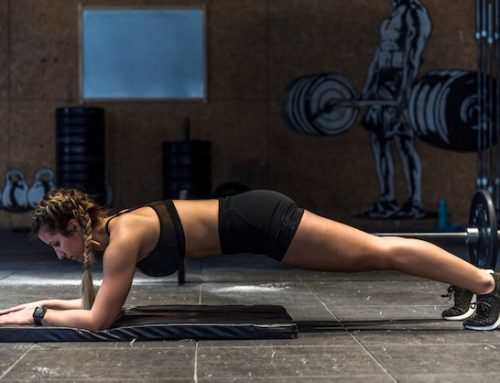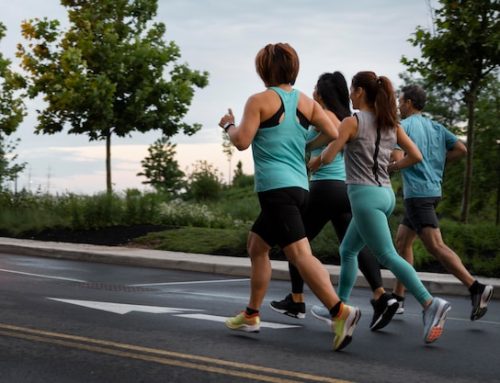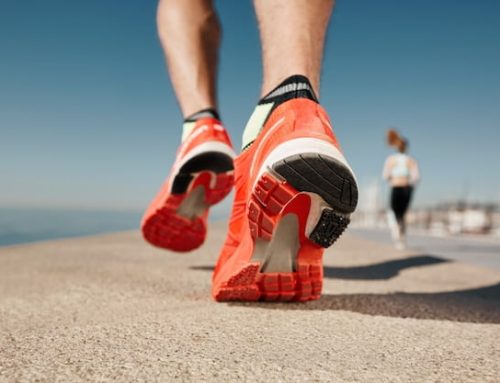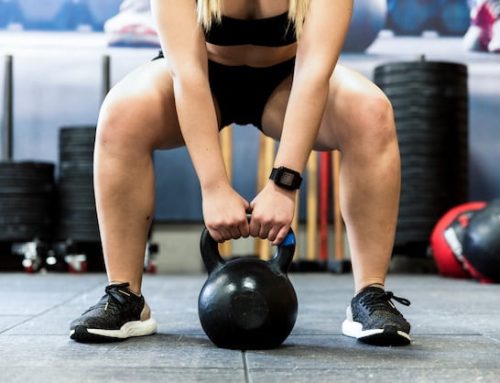Introduction
Running is one of the most popular sports worldwide, and it requires a specific body type to excel. Many runners want to know what the best physique for running is. People often assume that having a skinny body is an advantage when it comes to running. However, this is not always the case. In this article, we will explore the ideal body shape for running.
Body Fat Percentage
The body fat percentage plays a crucial role in determining the ideal physique for running. Typically, male runners should aim for a body fat percentage ranging from 6% to 15%, while females should aim for 16% to 25%. Too little body fat means less energy reserves, which can lead to fatigue and injury. Conversely, too much body fat can slow a runner down and put pressure on their joints.
Body Mass Index
The body mass index (BMI) is another determinant of the best body type for running. BMI is a measure of body weight relative to height. According to the World Health Organization (WHO), a healthy BMI range is between 18.5 and 24.9. However, for runners, a BMI of 20 to 22 is ideal as it provides the necessary muscle mass without adding excess weight.
Muscle Mass
Muscle mass is another factor that contributes to the best physique for running. Runners need strong, lean muscles to support their body weight and propel them forward. While too much muscle mass can add weight and slow a runner down, too little muscle can lead to injuries. Therefore, runners should aim to build lean muscle through targeted strength training exercises.
Body Shape and Height
The ideal body shape for running is one that has a vertical body position and a low center of gravity. Runners with shorter legs and a long torso tend to have an advantage over those with longer legs and a shorter torso. This is because their center of gravity is closer to the ground, making it easier to maintain a forward momentum. Additionally, runners with a rectangular body shape tend to have an advantage over those with an hourglass shape because they can generate more power during the running motion.
Conclusion
In conclusion, the ideal physique for running is a combination of low body fat percentage, moderate BMI, strong lean muscles, and a vertical body position with a low center of gravity. However, it is essential to note that genetics and natural body shape significantly influence a person’s ability to run. Therefore, runners should focus on building a strong, healthy body rather than trying to conform to a specific body type.
References
| Source | Description |
|---|---|
| https://www.runnersworld.com/uk | Runner’s World magazine provides articles, tips and advice for runners at every level. |
| https://www.healthline.com/health/fitness-exercise/best-body-type-for-running | Healthline is a trusted health information website that provides evidence-based articles. |
| https://www.who.int/ | The World Health Organization is a specialized agency of the United Nations that is concerned with world public health. |





